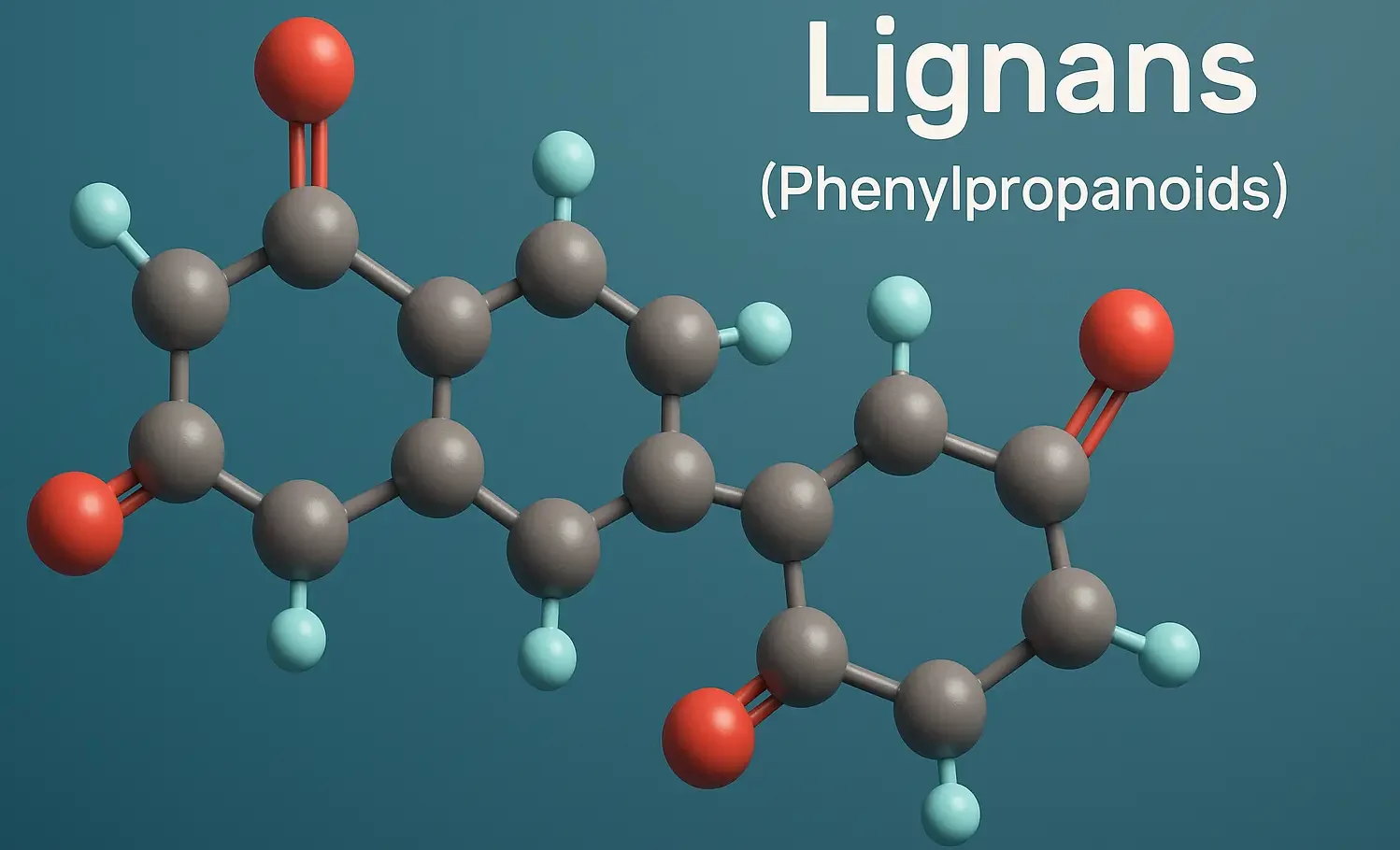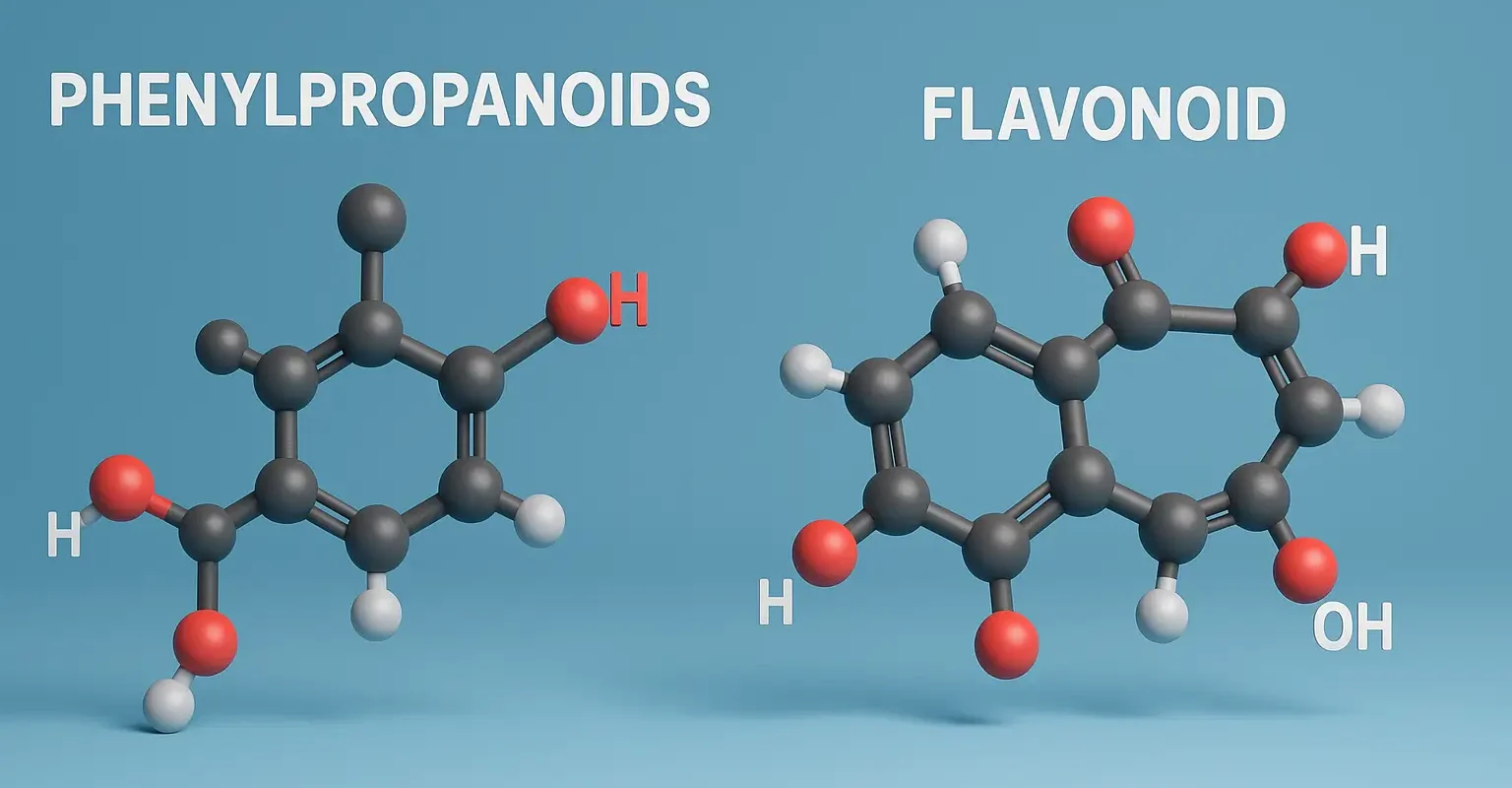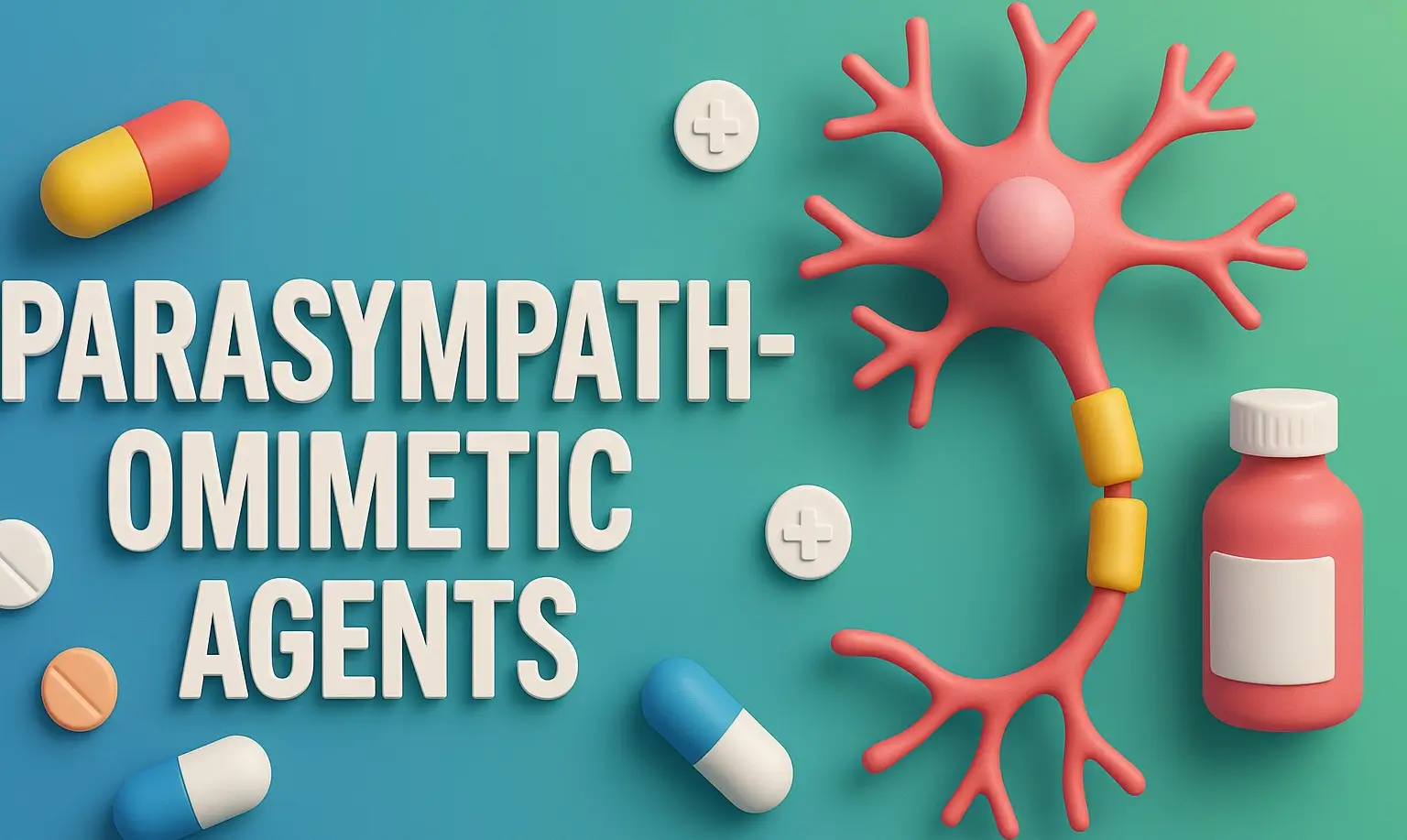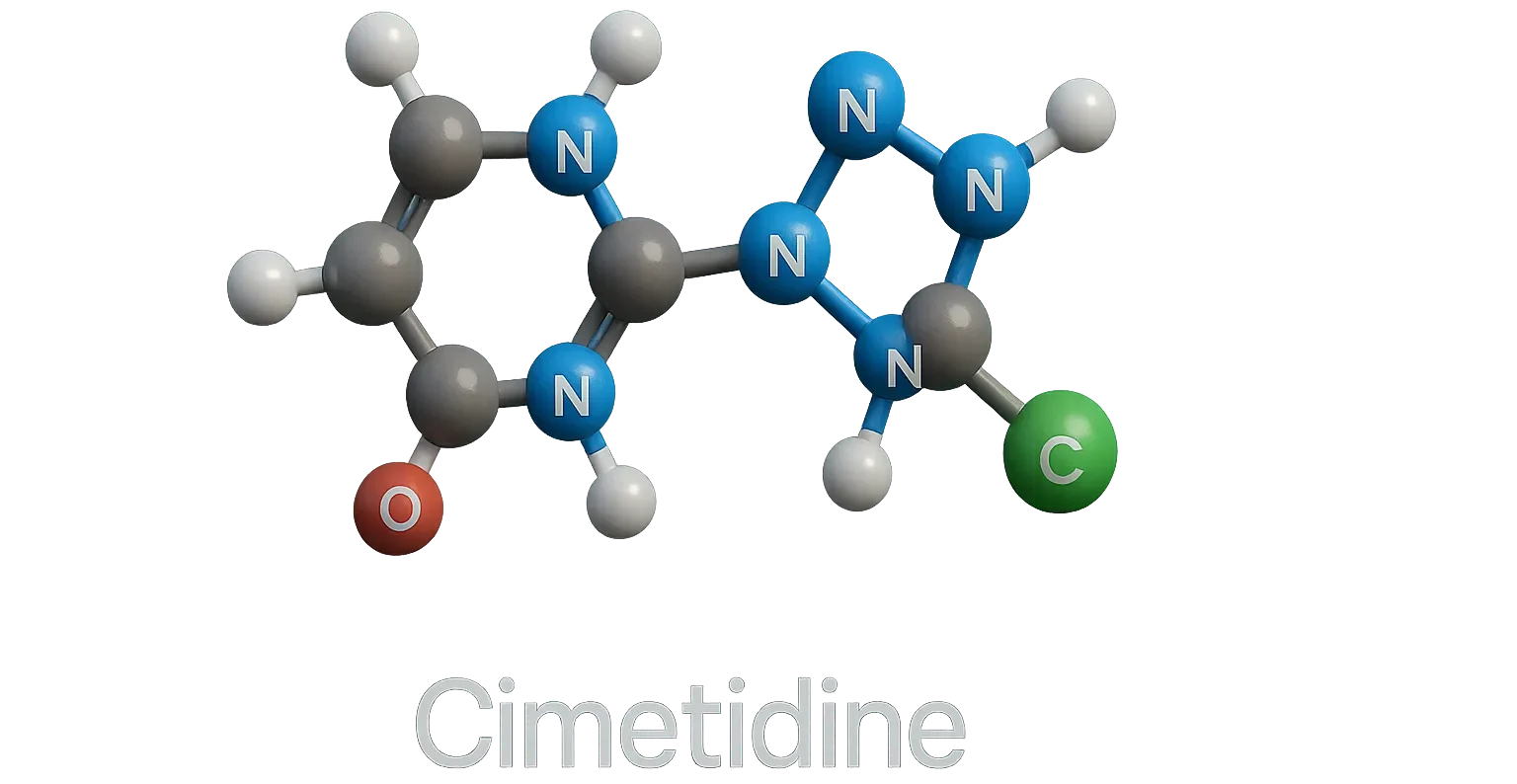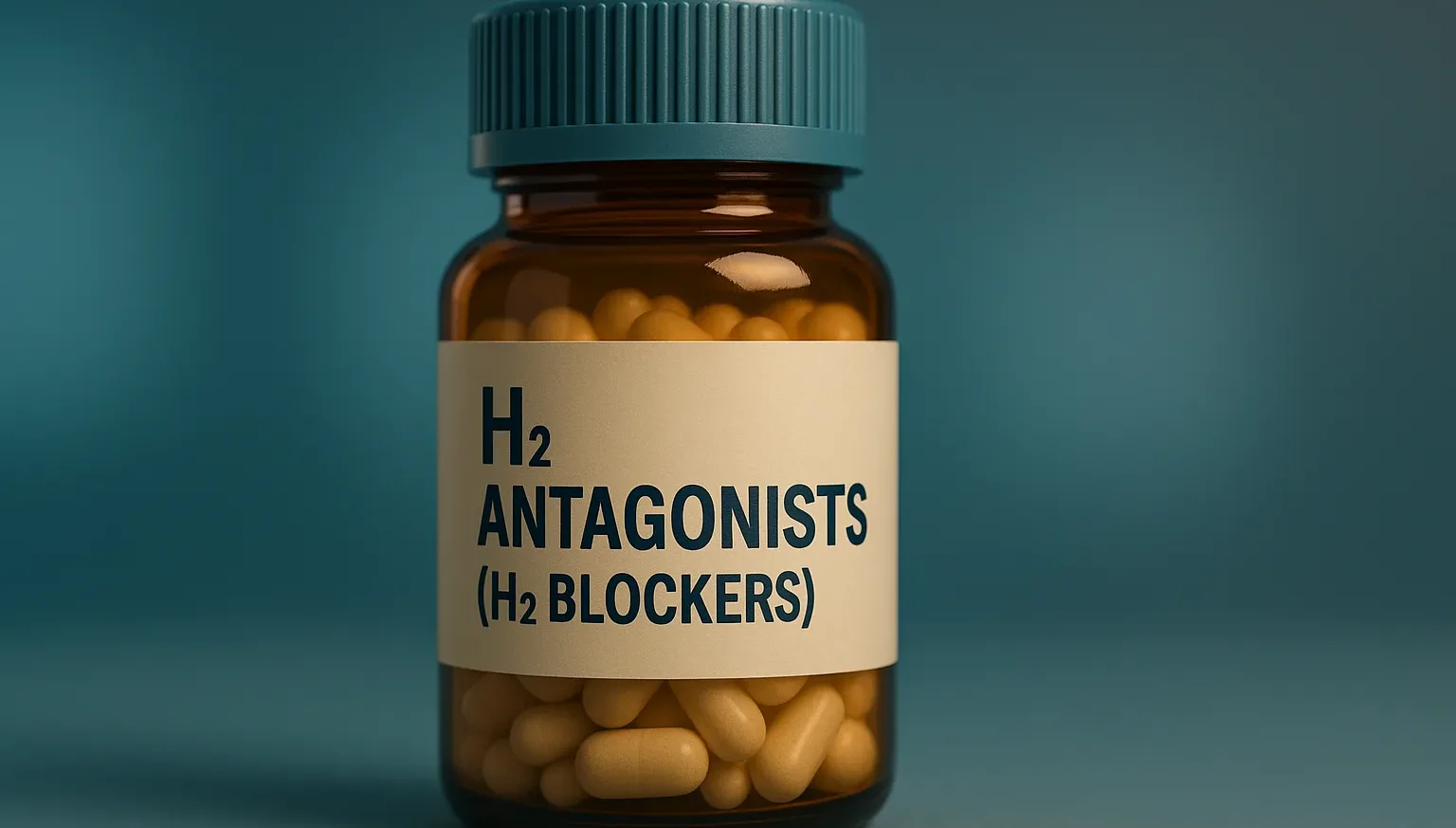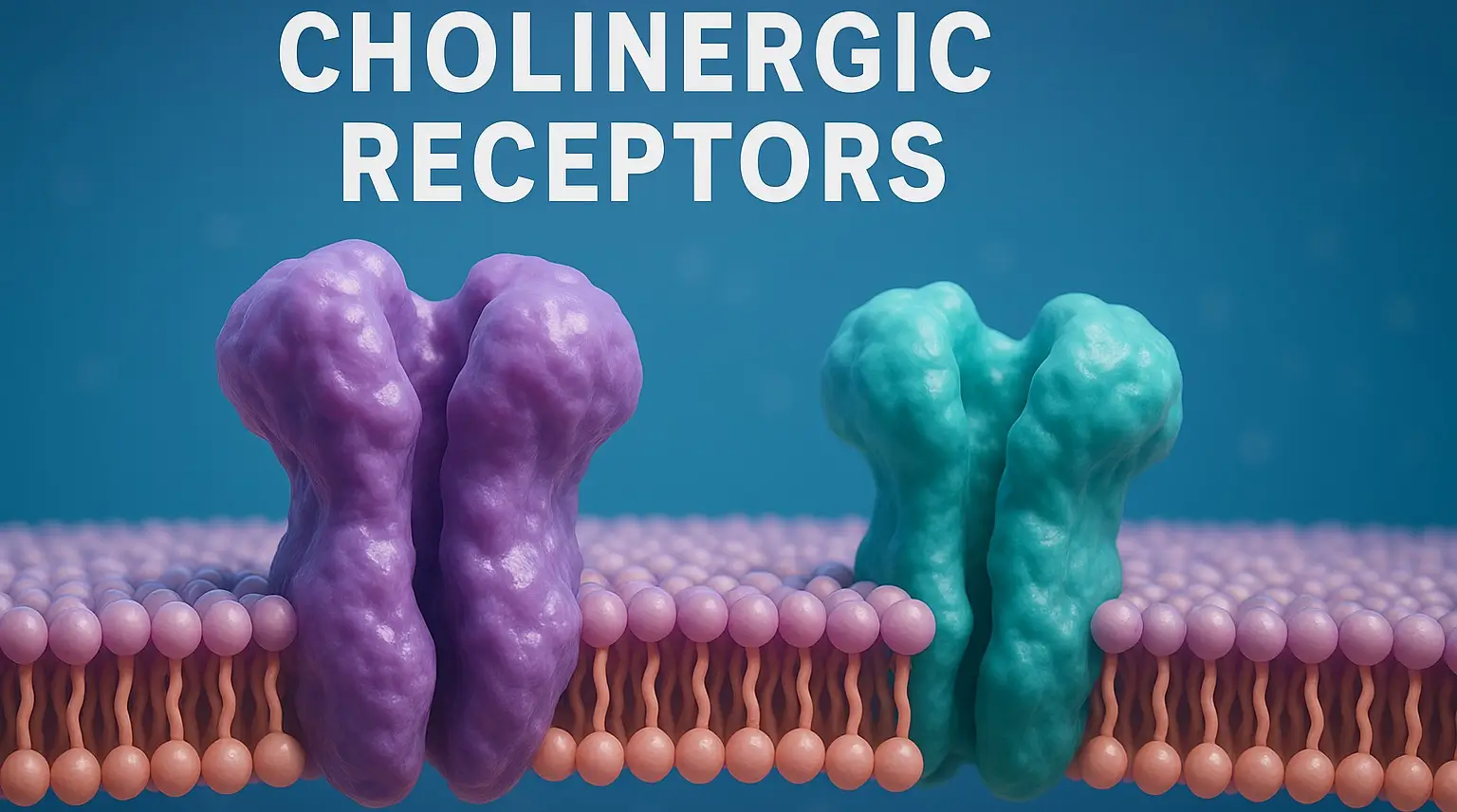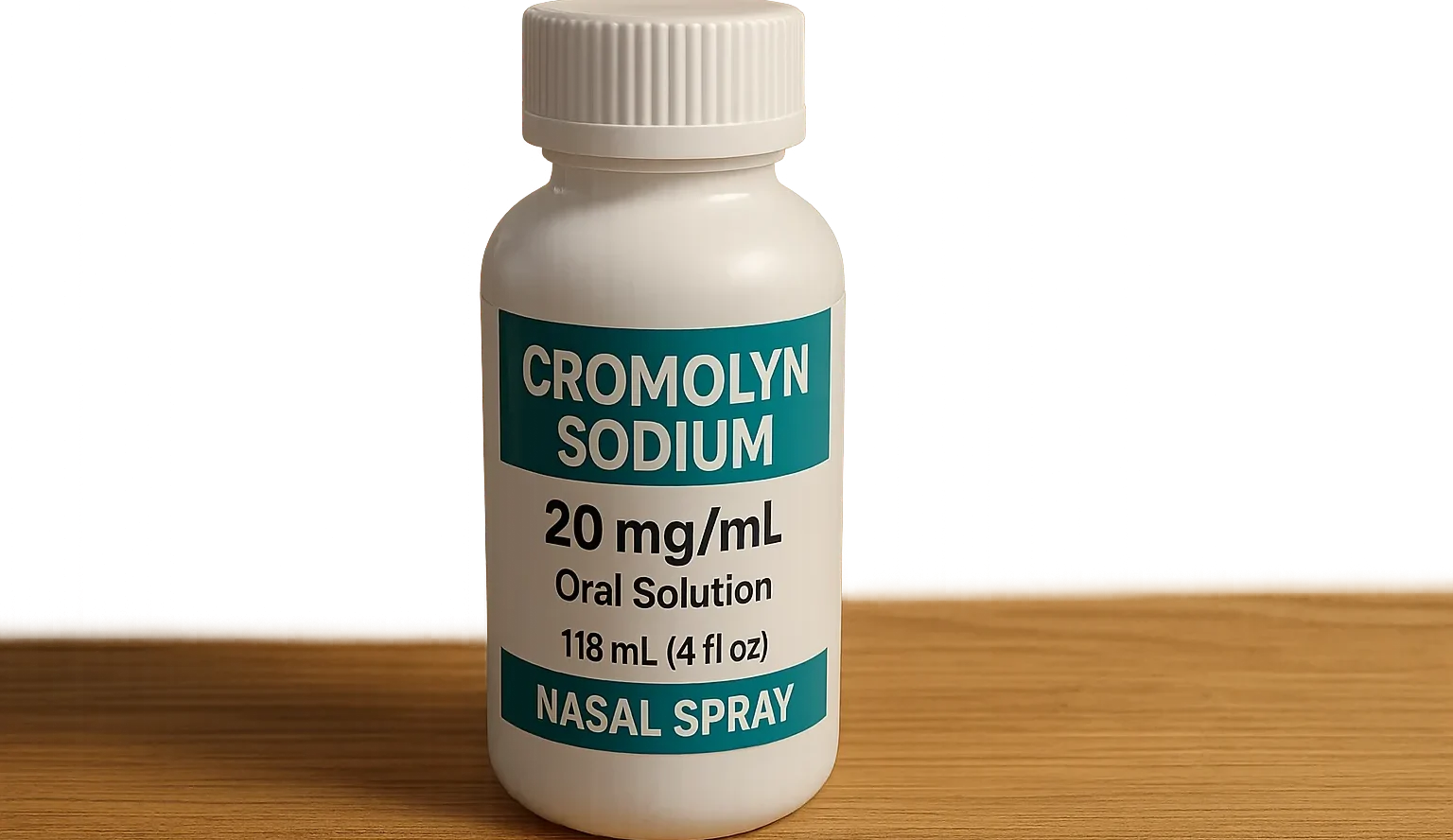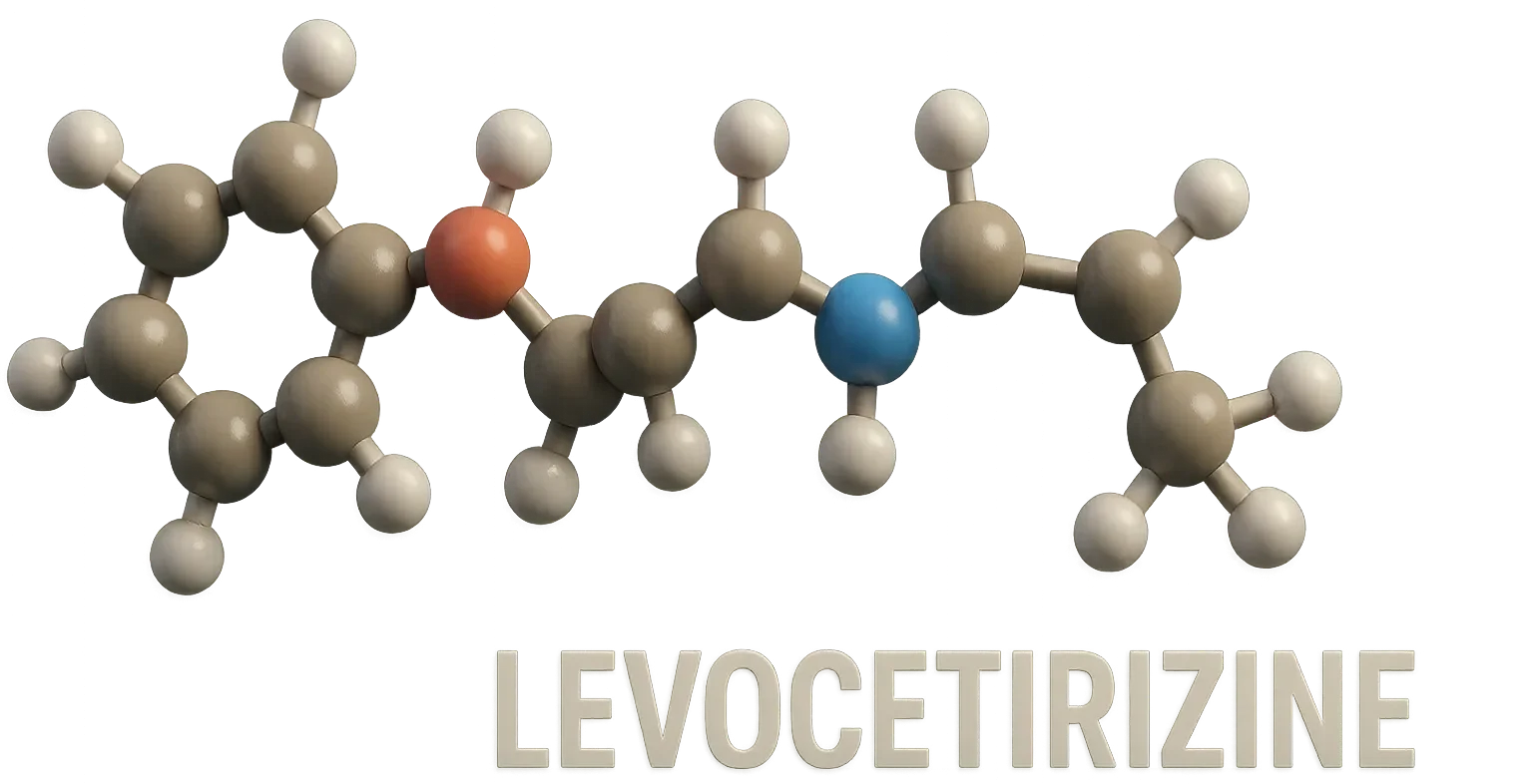Lignans (Phenylpropanoids)
Introduction to Lignans (Phenylpropanoids): Lignans (Phenylpropanoid) are dimers linked by β–β’ bonds, found in seeds, fruits, vegetables, and wood. Possess antioxidant, anticancer, and phytoestrogenic properties. Synonyms of Lignans (Phenylpropanoids): Common name: Plant lignans Examples: Sesamin, Podophyllotoxin, Pinoresinol, Secoisolariciresinol Biological Source: Found in Sesamum indicum (sesame seeds), Linum usitatissimum (flaxseeds), Podophyllum hexandrum (mayapple). Family: Varies: Pedaliaceae, … Read more

